Halo: The Master Chief Collection
“The Master Chief’s iconic journey includes six games, built for PC and collected in a single integrated experience. Whether you’re a long-time fan or meeting Spartan 117 for the first time, The Master Chief Collection is the definitive Halo gaming experience.”
Initial Release: December 2019
Studio: 343 Industries
Platforms: Xbox | PC
Genre: Multiplayer and Single Player First-Person Shooter
Engine(s): UE4, Scaleform, multiple proprietary engines
Role(s) and Responsibilities:
Game Design
Worked with the Design Director on building features and systems.
Designed and built the weapon placements, equipment, forge palettes, sound volumes, materials, and map variants for new multiplayer maps in Halo 3.
Built out new features to improve the single player experience on legacy titles while ensuring the original experience players expected remained intact.
Coordinated playtests to get feedback on various designs and features as well as give constructive feedback to other areas of the games.
Built prototypes using UE4 and blueprints.
Designed and configured the Seasons and Challenges features.
Built Modding documentation for community use.
Designed and automated weekly updates for a live service environment.
UI Design
Designed Challenges and Season UI screen.
Gave design direction on new frontend UI built in Unreal.
Art Support
Worked with the Art Director to create assets to be used in and out of the game.
Created Frontend UI and HUD assets as well as up-res legacy assets to support 4k.
Created hi-res 3D Models for main menu videos and promotional artwork.
Built scenes in Maya and the Unreal Engine for promotional artwork.
Created various Steam assets (Emoticons, Trading Cards, Profile Backgrounds).
Worked with outsourcing partners to develop 2D and 3D game assets.
Created and edited videos using After Effects and Premiere for both marketing and in game use.
Research
Researched various PC FPS titles to build design documentation that was used to ensure the PC versions of the game were built with the platform in mind instead of a standard port.
Researched how various popular titles handle their challenges systems and wrote designs on how to utilize their successful systems in MCC.
More Details:
Halo 3 Multiplayer Maps
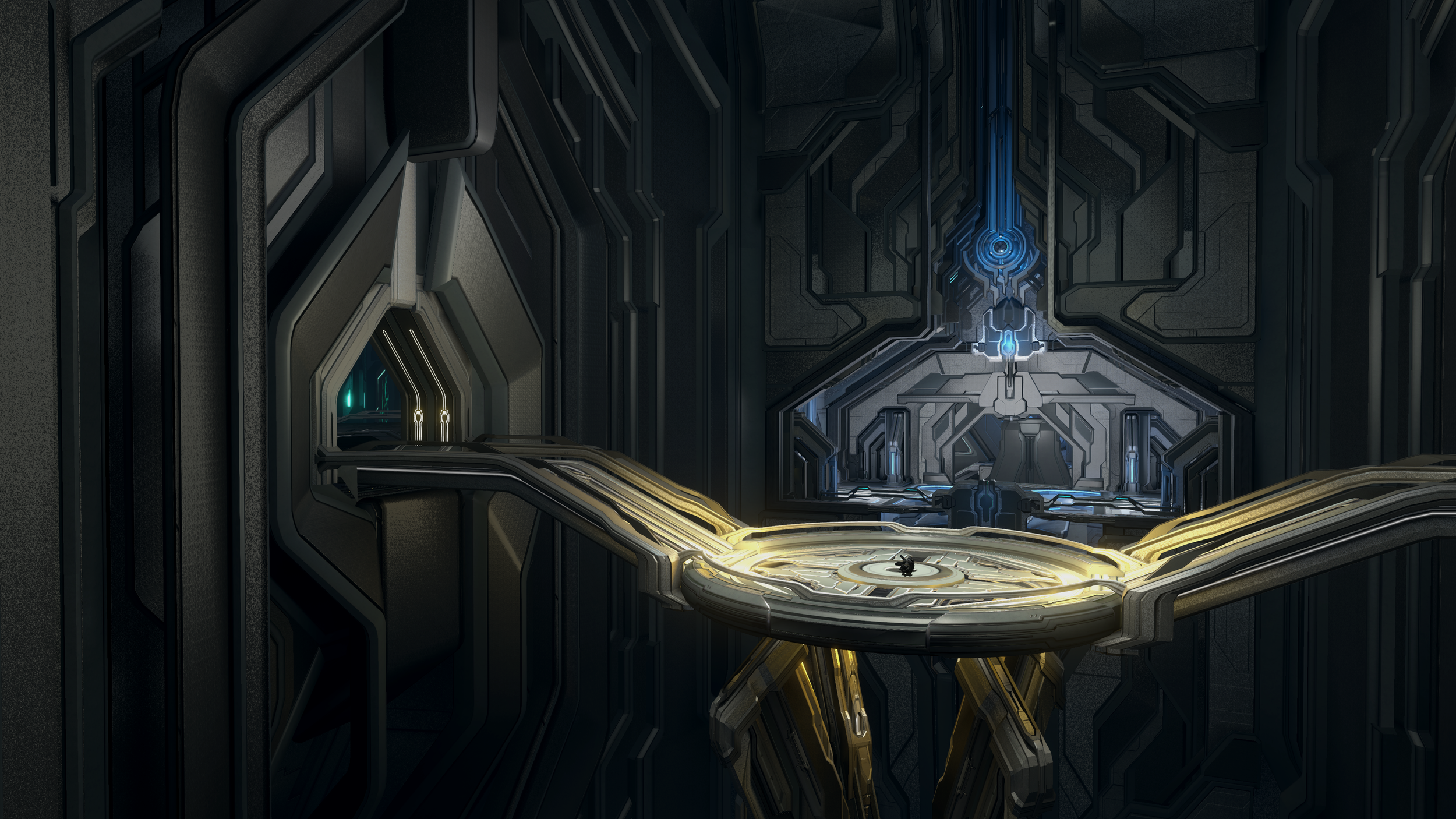
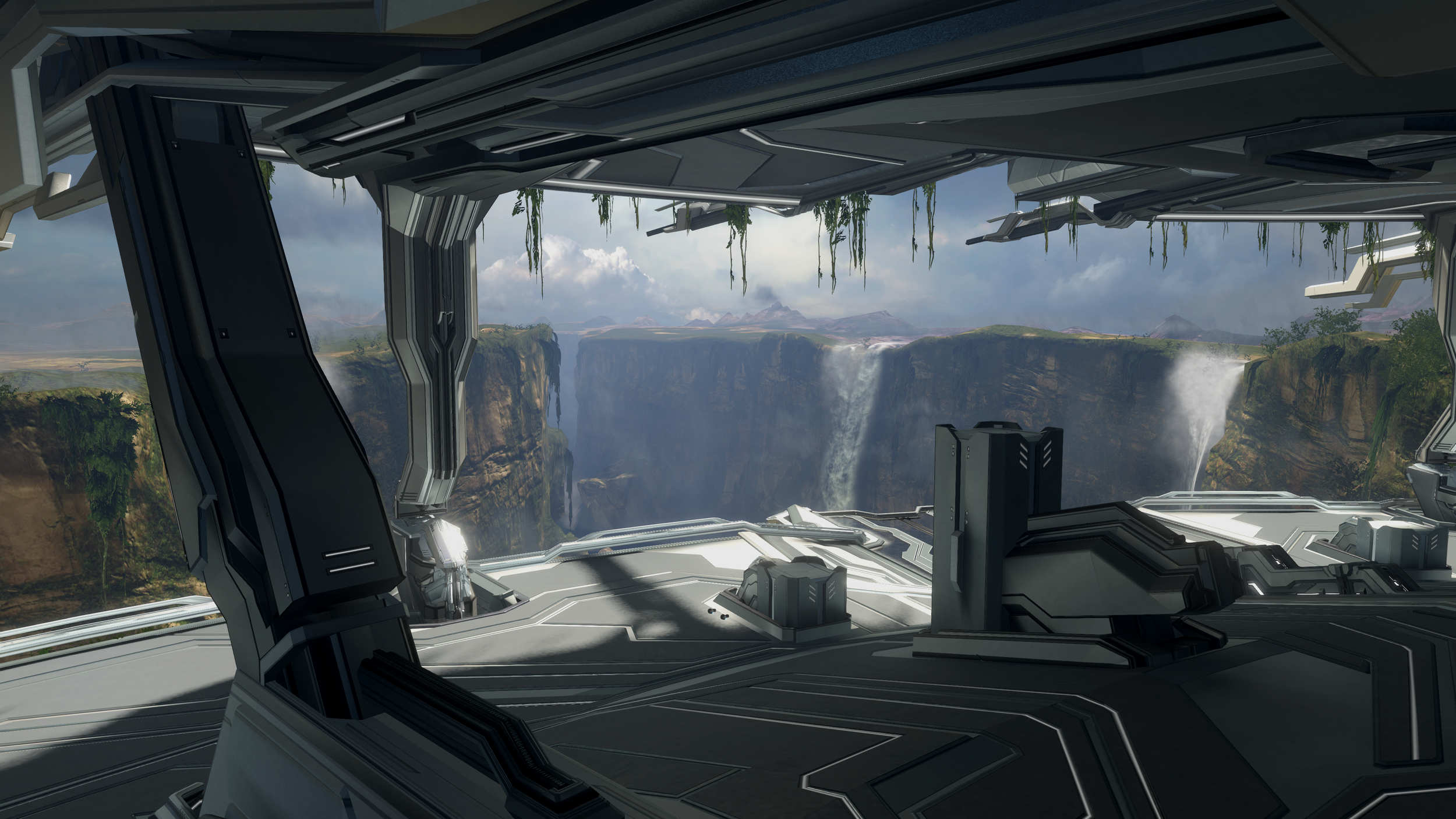
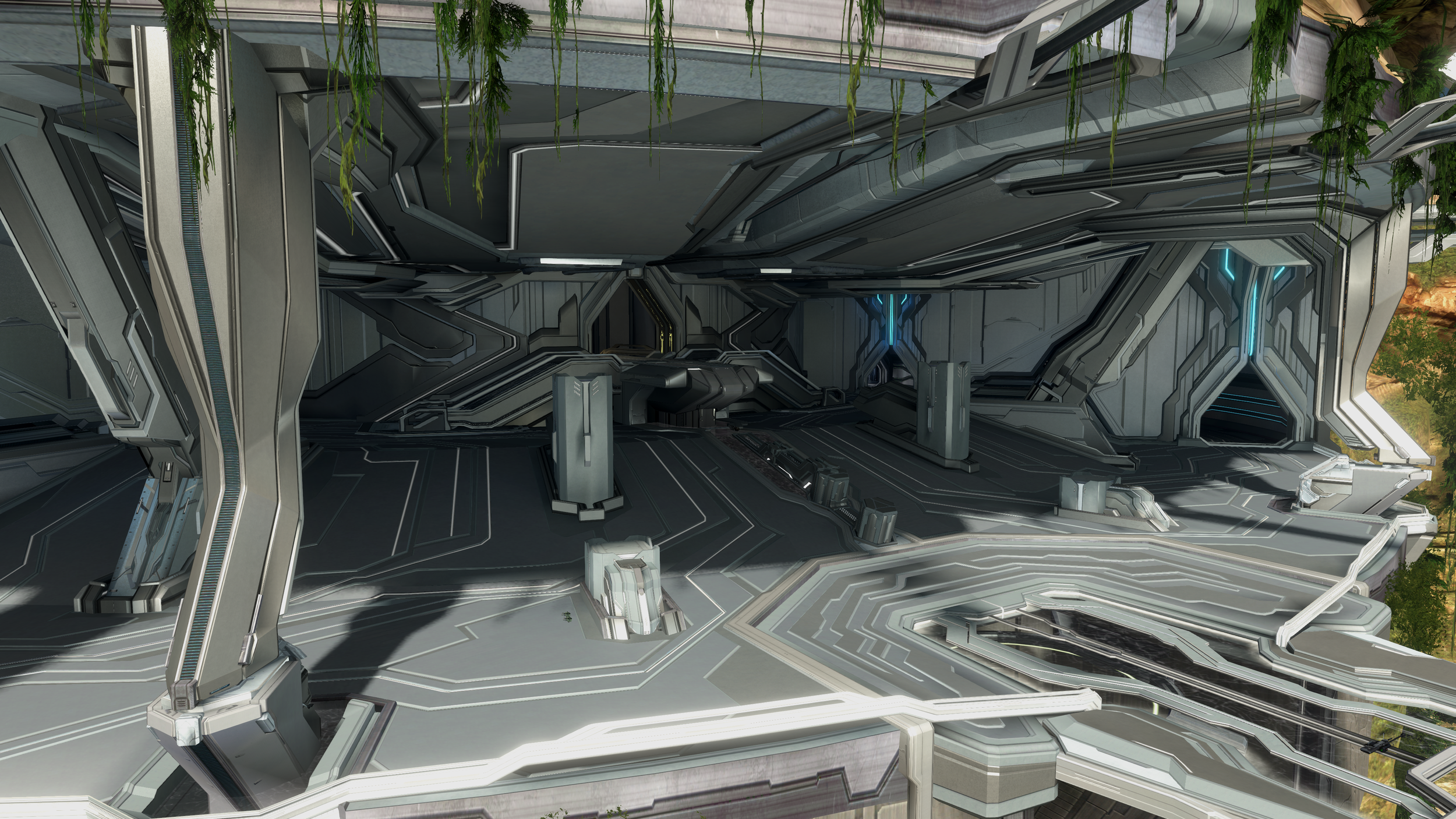

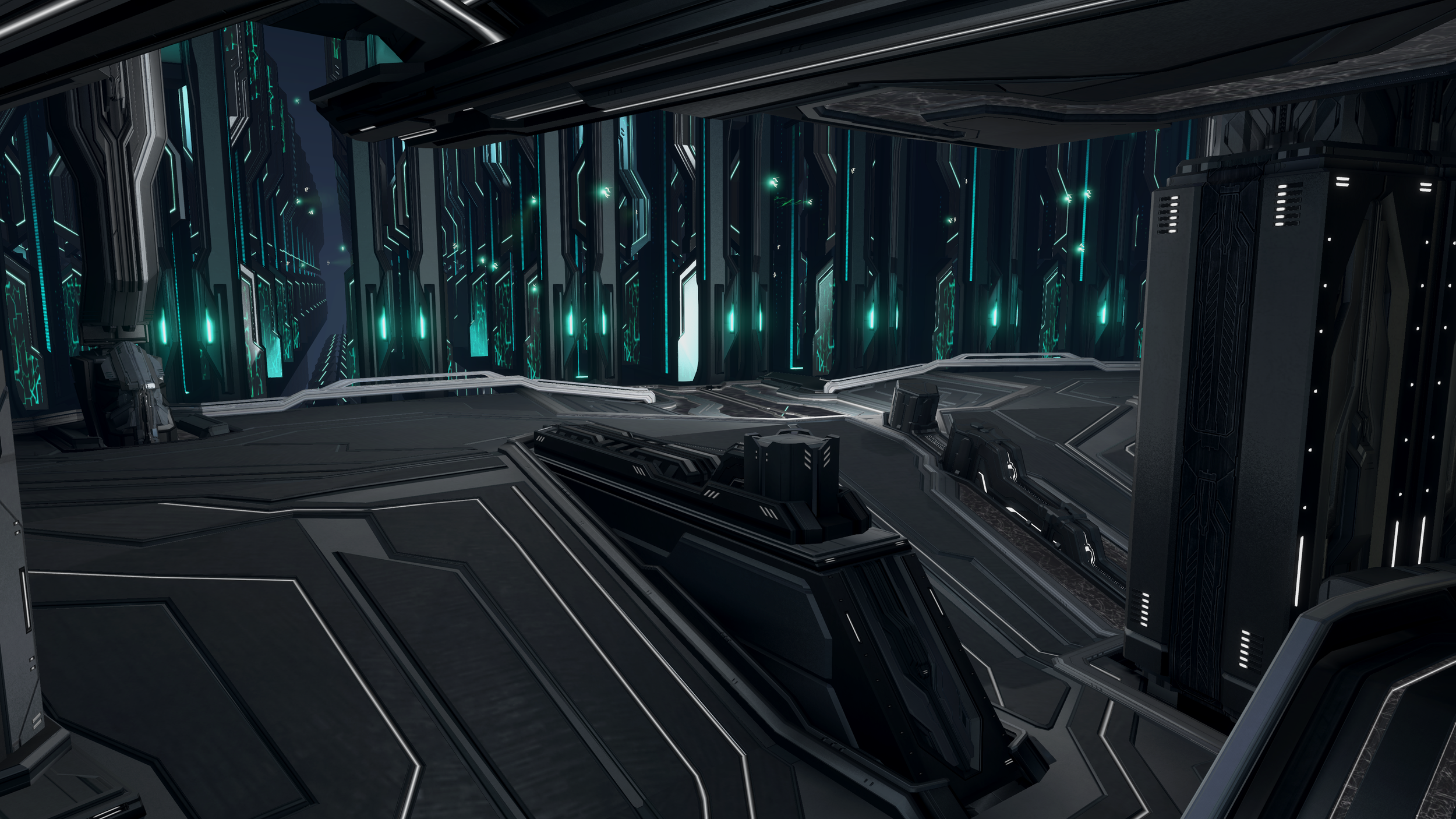

EDGE
My work done on the map:
Weapon, Equipment, and Powerup placement
Player Spawns
Blocking and Kill volumes
Built Forge palettes
Built base game mode variants (Slayer, CTF, Oddball, Territories, and Assault)
Custom map variants for SWAT, Snipers, and Infection game modes
Art Support for the minimap painting, setting up shaders on the environment, VFX, and SFX volumes/emitters
This map had a lot of playtesting and iteration done on it due to it being originally designed with players having sprint. This led to needing to add more objects in the way to clean up sight lines in combat areas as well as gearing the map more towards long ranged engagements. Strong close-range weapons were added to the map as well to be used as tools in objective based games where having a shotgun or sword on defense would have a lot of utility.
Extra attention was put on ensuring the flow of the map felt good in gameplay with a risk/reward to getting the power weapons and equipment, spawns felt fair, and that there were no abusable paths the players could take that would ruin the flow of the map but still leaving room for skilled players to get creative in their movement. This map was also introduced at a time where I was able to utilize the new objects we had added to Halo 3 which resulted in this map featuring new weapons for the sandbox.
Icebox
My work done on the map:
Weapon and Powerup placement
Spawns
Blocking and Kill volumes
Built Forge palettes
Built base game mode variants (Slayer, CTF, Oddball, Territories, and Assault)
Custom map variants for SWAT, Snipers, and Infection game modes
Art Support for the minimap painting, setting up shaders on the environment, VFX, and SFX volumes/emitters
This map was designed with keeping the spirit of the original Halo 2 map in mind. Weapon placements were similar while also updating the map with features that were introduced in Halo 3, such as equipment and new sandbox weapons. The map flow was set up intentionally to push players towards areas that they normally would have avoided in the original in order to give the map a new feel. This was done with where the new weapons and equipment was placed to create new choke holds or combat areas. The map was designed to use the re-skinned environment as well as part of the gameplay by having the snow piles on the ground slow grenades if they landed in them as well as have players leave footprints so you could see the pathways that other players had recently taken.
With the goal of keeping the spirit of the original in mind it was also important to me to add new objects to the forge palette to be used in the map. Achieving this allowed me to re-create the more iconic parts of the layout such as the barricades by the medical tent or the physics based door.
Waterfall
My work done on the map:
Blocking and Kill volumes
Built Forge palettes
Custom map variants for SWAT, Snipers, and Infection game modes
Art Support for the minimap painting and various bug fixes to the environment
My main focus of work on this map was coordinating playtests around weapon placements as well as the general flow of the map. Additionally there was a lot of iteration around the custom map variant for Infection as the map gave a new set of visuals compared to a lot of other maps so it was a great opportunity to make a unique experience for the game mode.

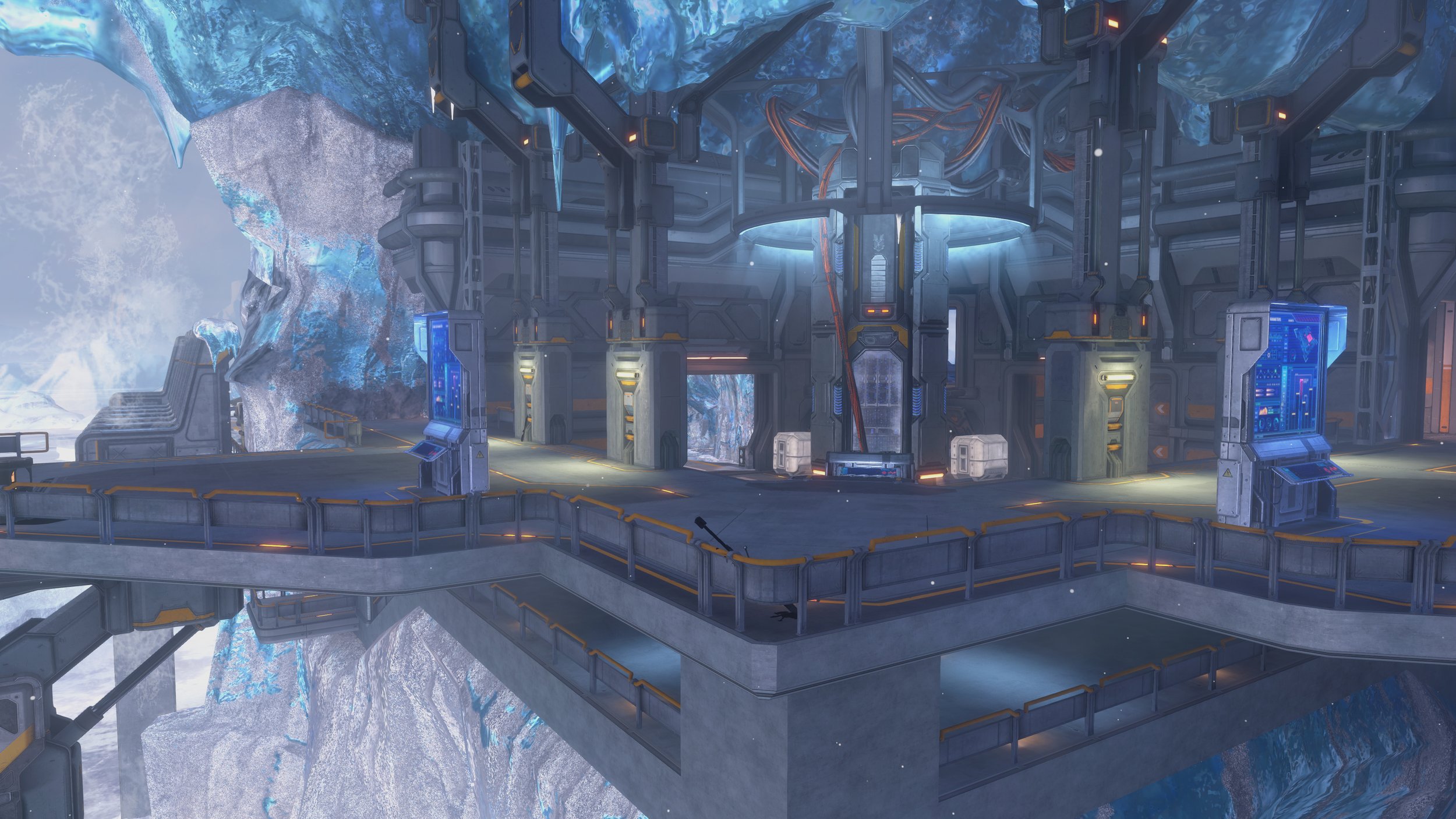
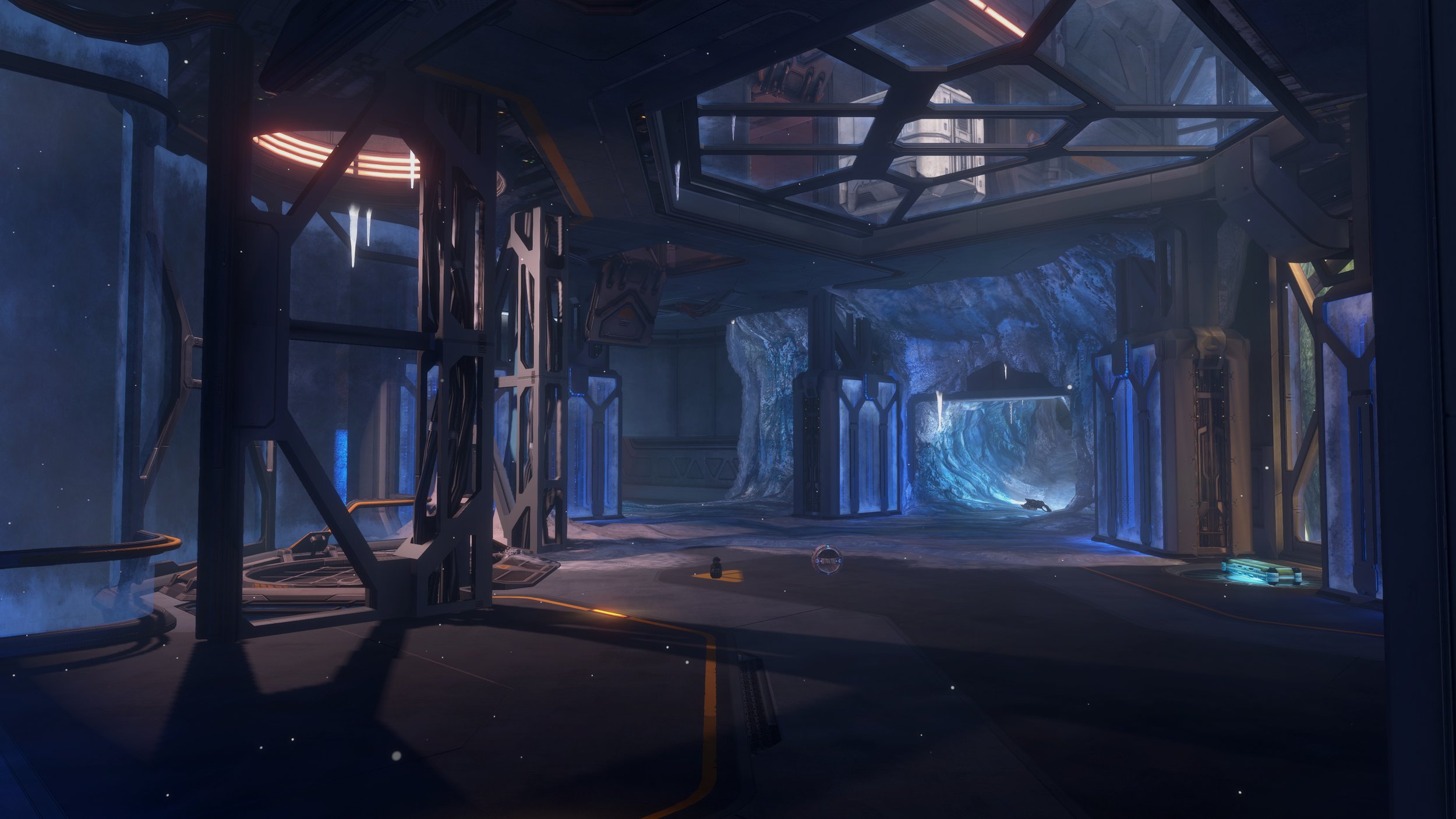
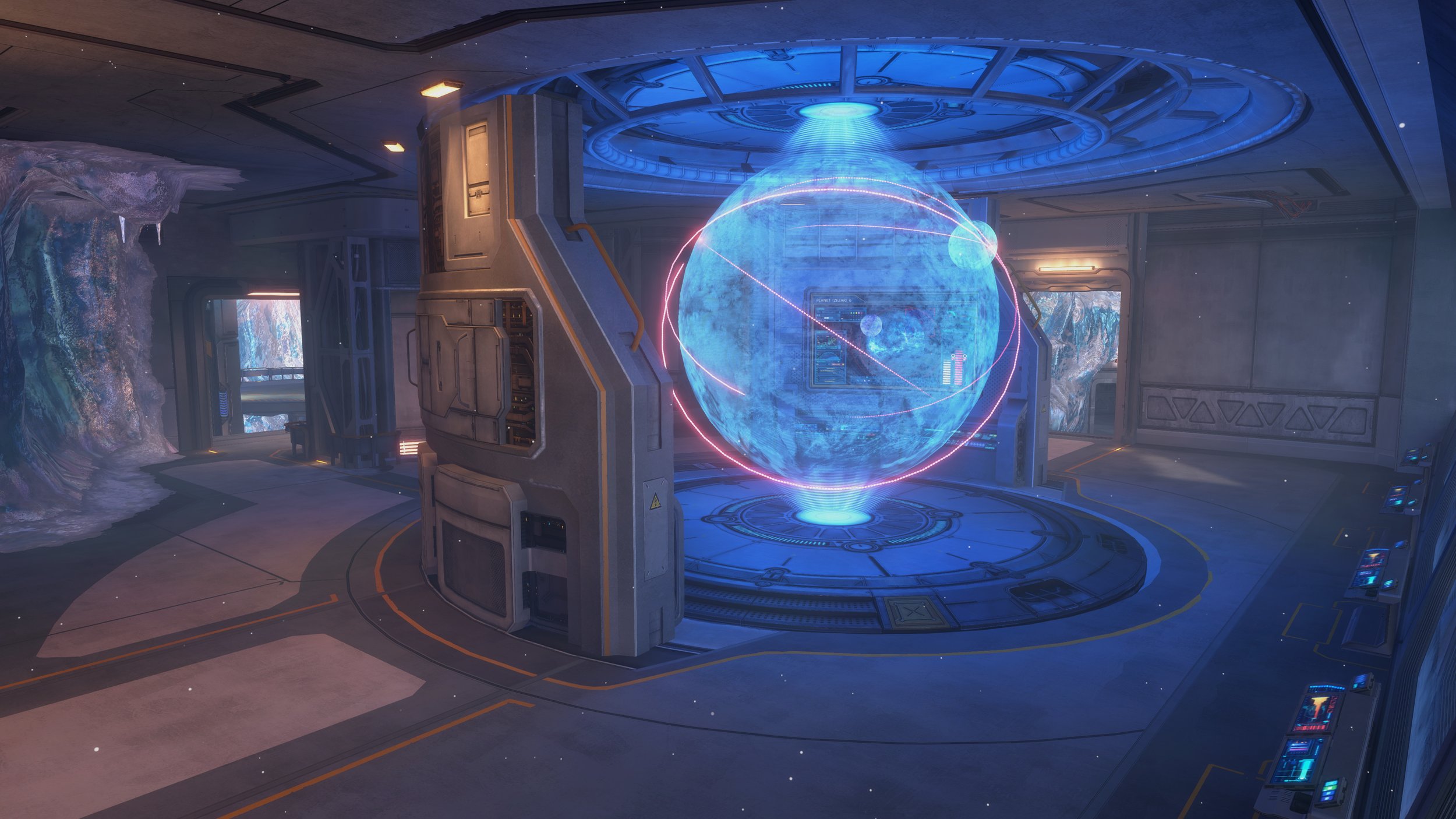
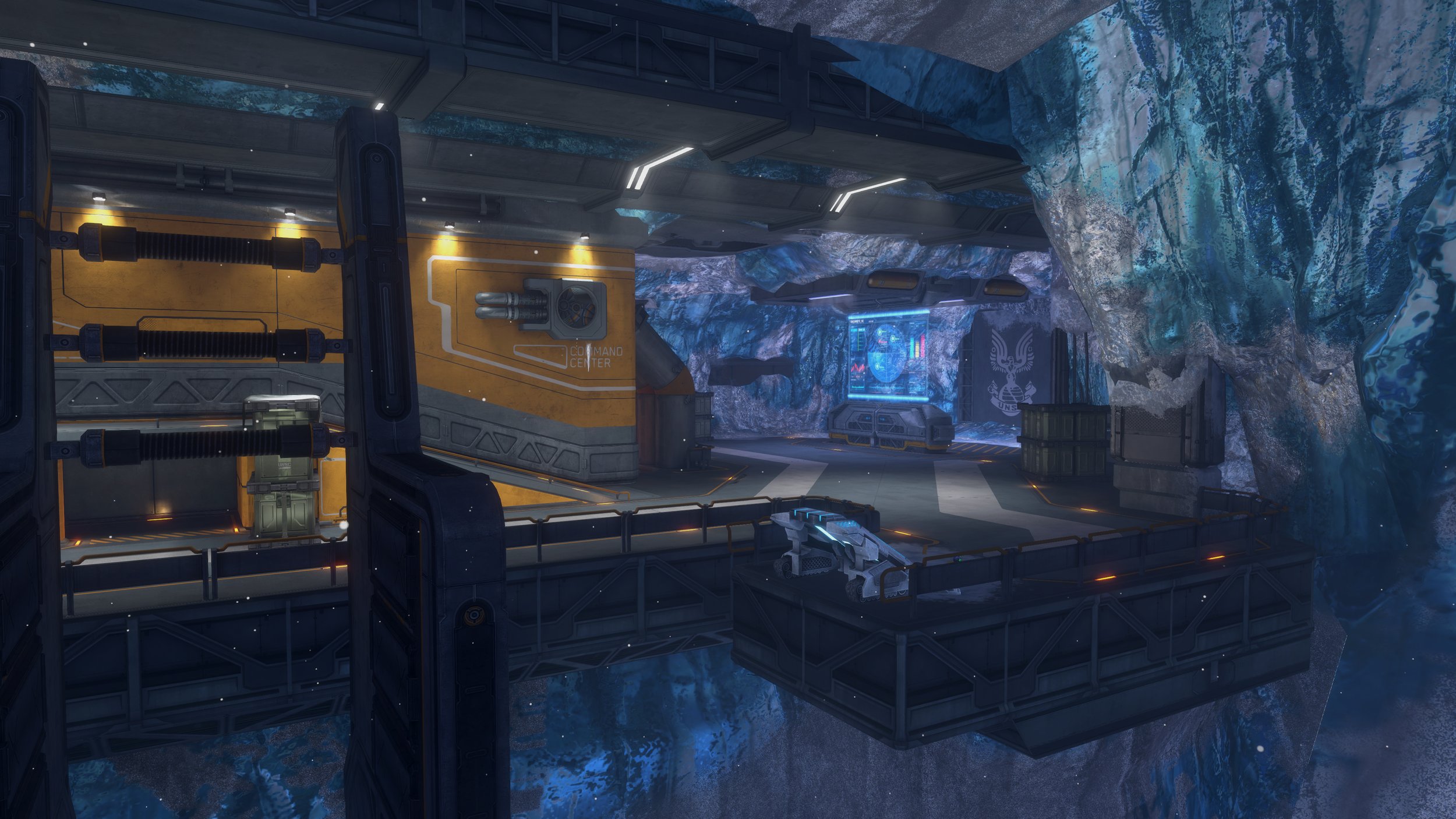

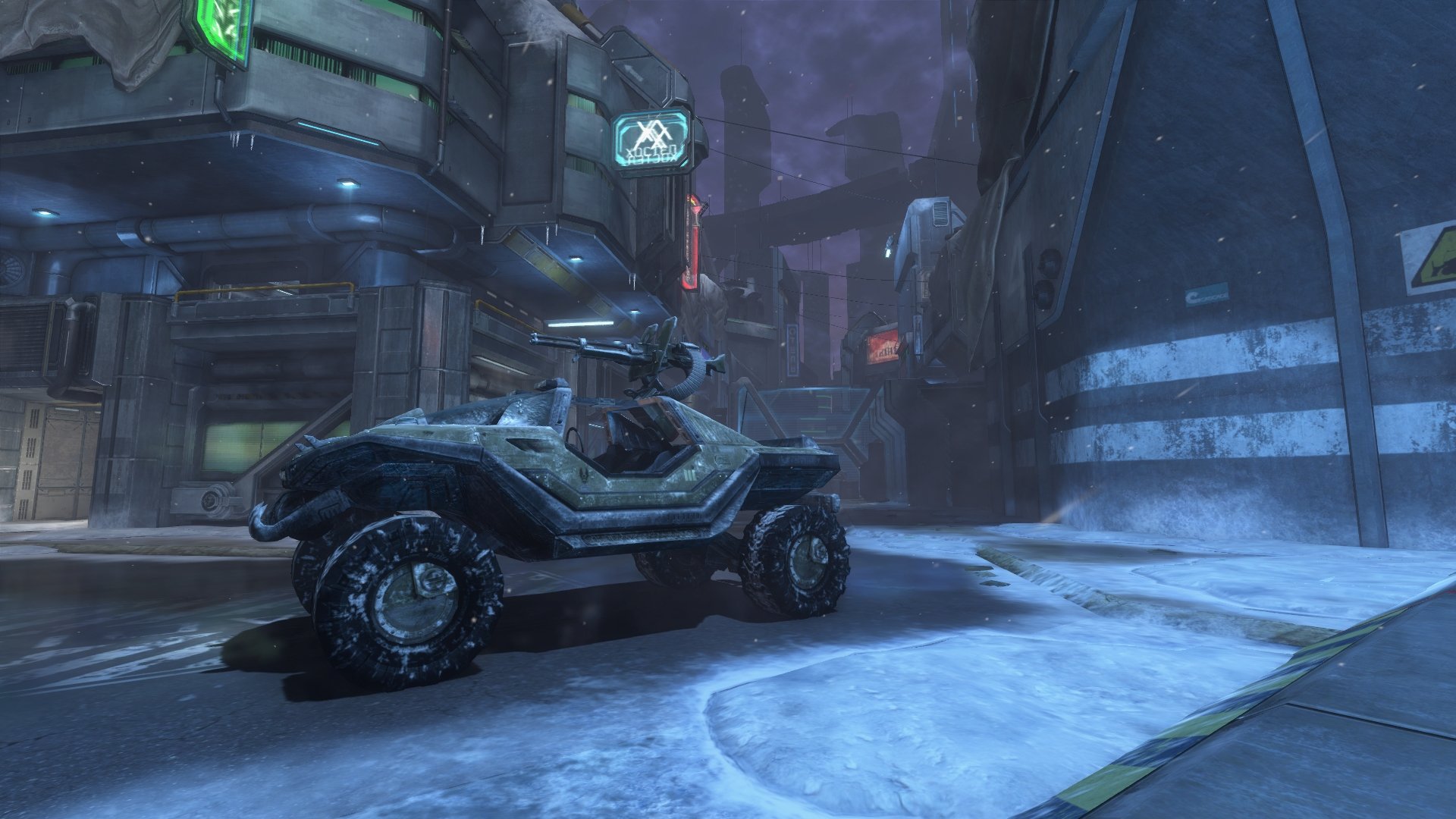
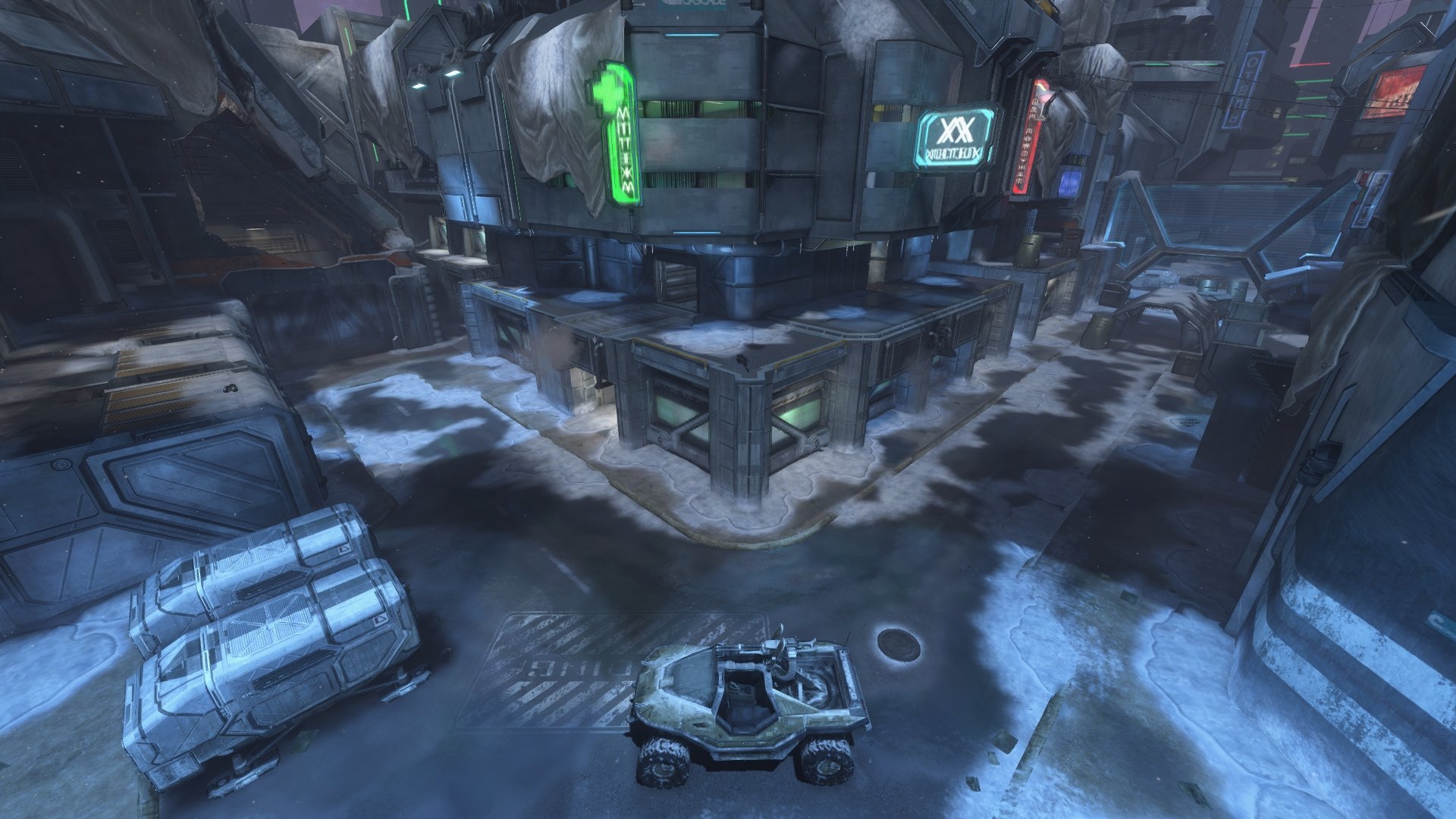
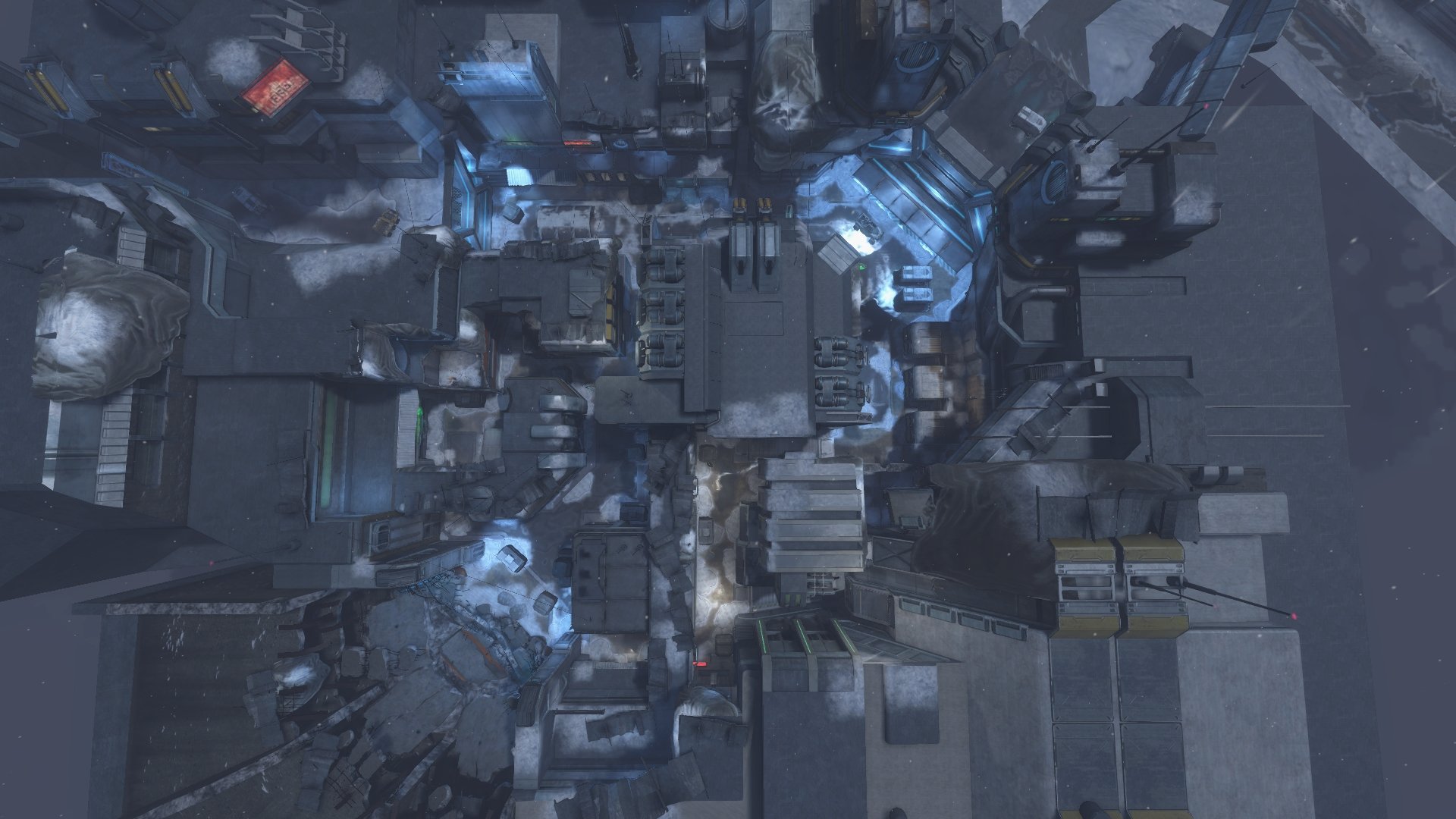

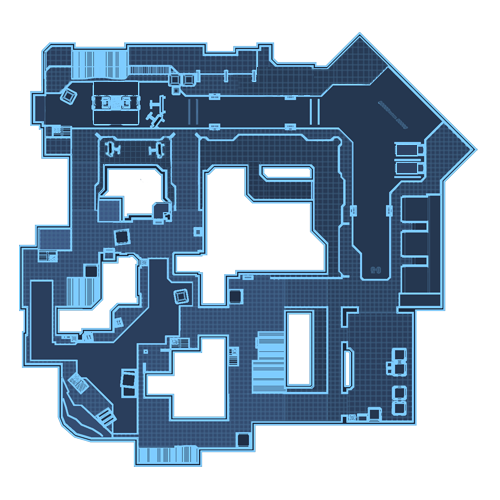
Edge was a map originally developed for the cancelled project Halo Online. The map is a symmetrical map with bases on opposite sides and power weapons located on the outer edges of the circle. One side is a waterfall vista and the other is a forerunner power bank.
Icebox was a map originally developed for the cancelled project Halo Online. The map is a remake of the Halo 2 map, Turf with a reskin to a snow aesthetic. It is an asymmetric map with key areas of the map in each of the corners and multiple paths through the center from the various streets.
Waterfall was a map originally developed for the cancelled project Halo Online. The map is a multi-level asymmetrical map. It has a top level that is out in the glacial area with opposing bases in an L-shape, and interior sections of each side that house different layouts for combat encounters as well as different weapons. The center of the map has a gravity lift where players can get to the different levels faster as well as reach choke points that contain power weapons. There are man-cannons positioned around the help the player traverse quickly as well.
Seasonal Progression
I was the design owner for the progression system within MCC. The goal with each released season was to ensure players had an engaging set of items to work towards unlocking. I did this by breaking down the customization items we offered into various buckets of “rarity” such as how many of those types of items are available this season, how unique they are, or if they existed in a game previously, were they exclusive content or difficult to get in some way? Once I bucketed everything I built out tiers of unlocks for the seasons which were either a set of 50 or 100 tiers.
The initial system had the restriction of requiring you to buy the previous tier before you could unlock the next so my implementation was as follows:
Spread out the items in a way that would reward players early with high quality items
Level out the rewards in the middle with some “rarer” items spread throughout
Have the best items at the end as something to push players to want to grind out the season levels
All seasons will be permanently available so the tiers need to feel worth the player time and effort.
This system proved to be successful but as the season unlocks evolved we began letting players unlock whatever they wanted in a set of 10 items. This eliminated the need to have a curve but the same principle remained with having items early to get players’ interest and then the more prestigious items at the end as a goal.
Over the seasons that Halo: MCC I had to design and configure 900+ items and tiers using PlayFab as well as determine which items would not be included in the tiers, but would be offered in the rotating store (The Exchange) where players could purchase individual items for a limited time that were not available in the seasons.
Challenge Design
For the challenge system, I helped design the initial UI and implementation of the feature. After the initial release I became the primary designer on the feature in sustainment. The initial release involved a lot of research into how other titles handled their challenge system and figuring out the best way to present that to players within the MCC. We started with giving players a rotating list of Weekly PvE and Weekly PvP challenges that ranged from challenges they could complete easily just by normal gameplay to much harder ones they would have to have an intention to complete. These rewarded the players with XP and Season Points (SP). The challenges UI had a specific intent behind it of ensuring that at a glance players would be able to get all the relevant information. This led to having concise descriptions and then a details window where it would break down the rewards in detail as well as list all the maps, weapons, vehicles, titles, etc that could be used to make progress on the challenge.
As we rolled out seasons we added a Seasonal tab which were challenges crafted to highlight a specific title being released or a new feature as well as longer commitment PvE or PvP challenges. These not only rewarded the players with XP and SP, but it would also give them challenge where they could earn special customization items.
Some key design pillars for the system were as follows:
The challenges needed to reward casual players as well as hardcore players
It would give players a way to unlock the season tiers faster by earning SP. This way the systems would feed into each other while driving player engagement
Craft unique challenges for each season so players would have new content to experience and drive players towards the new content/game release.
After MCC wrapped up on seasons, I morphed the seasonal challenge deck into a monthly one. Now players have a rotating list of challenges that take a longer commitment to complete than the weekly ones, while granting players extra rewards. This has been positively received due to players being able to jump back into older seasonal tiers and unlock items they didn’t get to before.
As an evergreen design decision, when items would rotate out of the seasonal challenge rewards, they would then be added to the pool of items in the SP store (The Exchange) so players who missed the challenges could still obtain the rewards at a cost.
Art Support
Game Release: Halo CE Anniversary
Assets Created: Master Chief and Cryo Tube
Game Release: Halo 3
Assets Created: Assault Rifle, Battle Rifle, and SPNKr Rocket Launcher
Game Release: Halo 3: ODST
Assets Created: ODST Helmet, SMG, and Drop Pod
Game Release: Halo 4
Assets Created: Master Chief, Gyro, and Environment
I created 3D assets for various titles that were used to create background videos and marketing materials for each game release on PC. The goal for the models was to make them higher resolution while keeping the spirit and visual silhouettes of the original title.
Additional support includes creating nameplates, emblems, HUD assets, frontend UI assets, marketing artwork, minimap paintings and more while updating the games for 4k and PC support.



